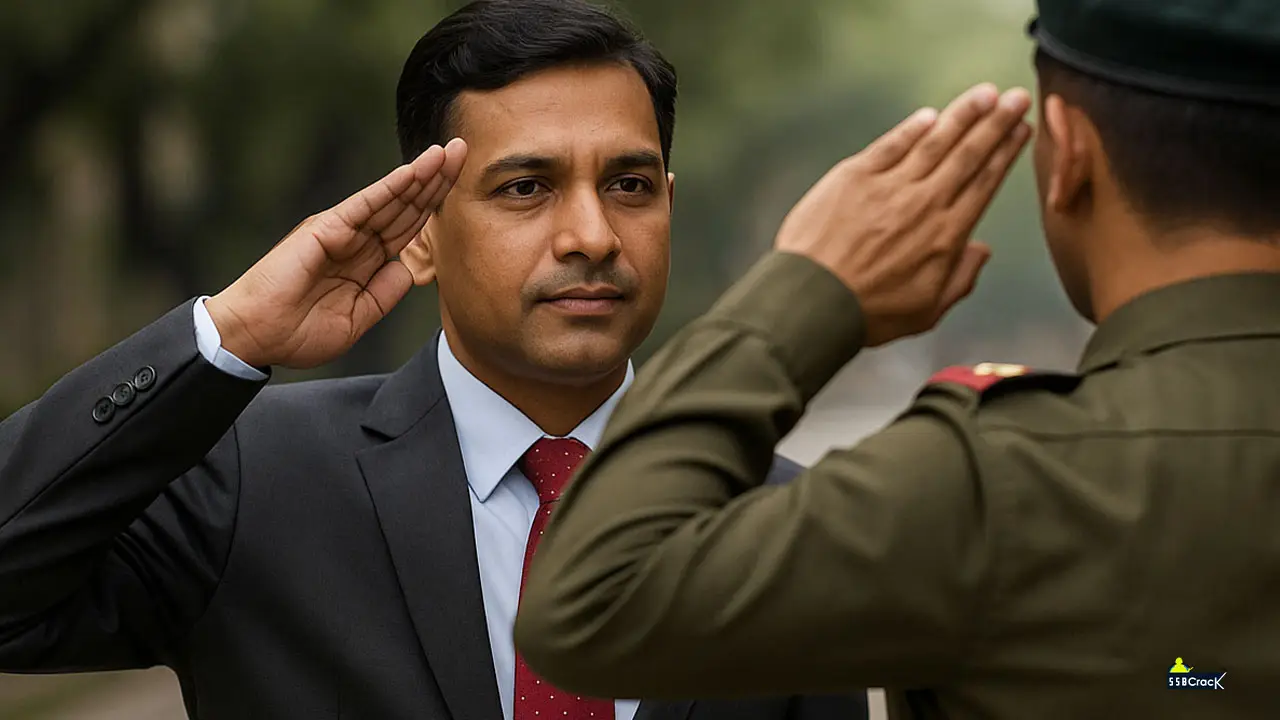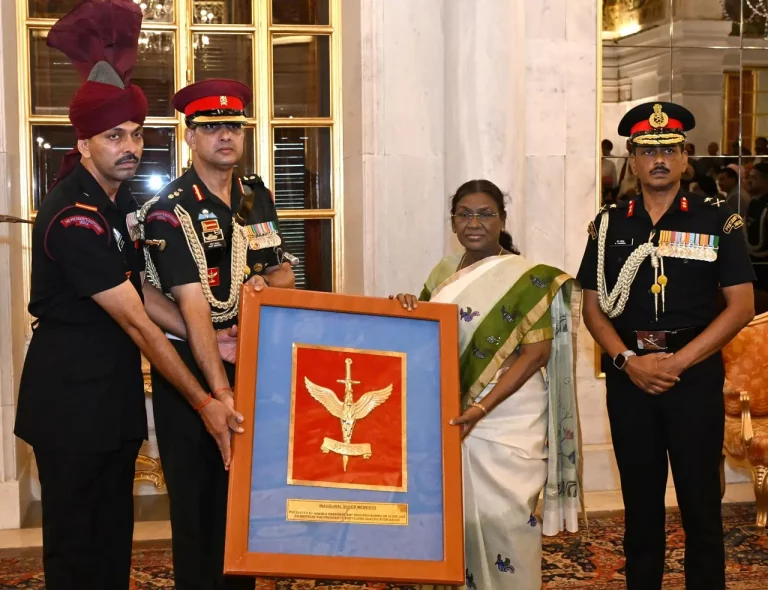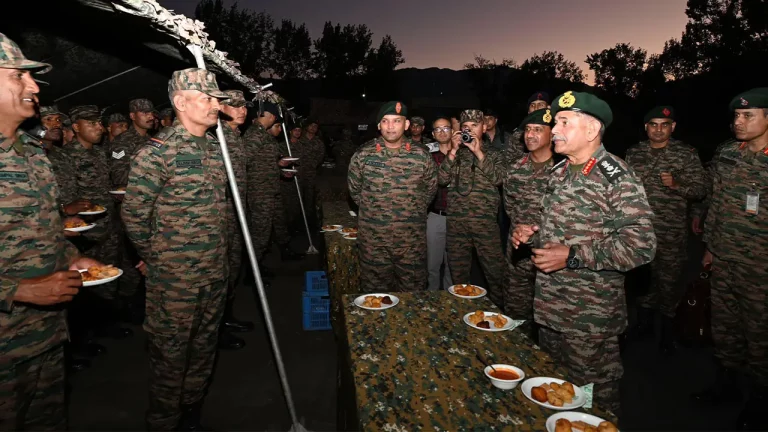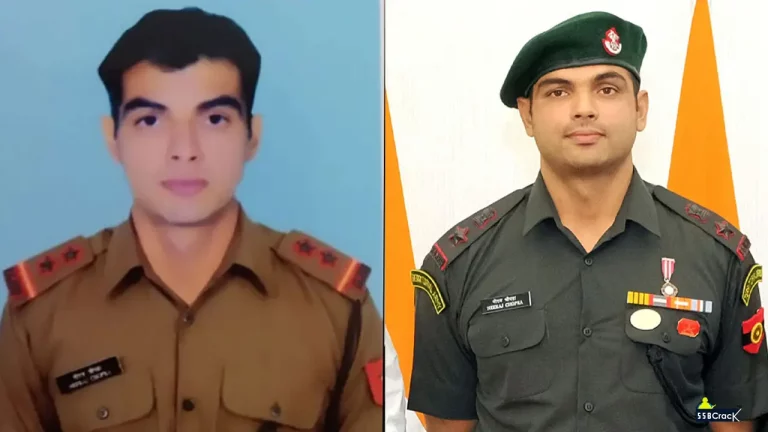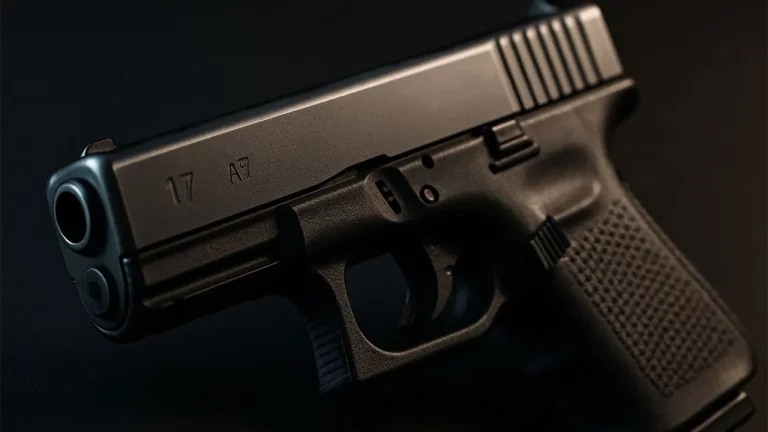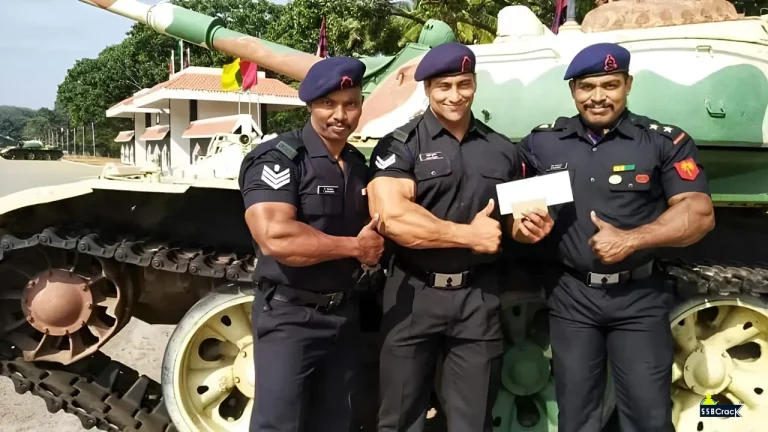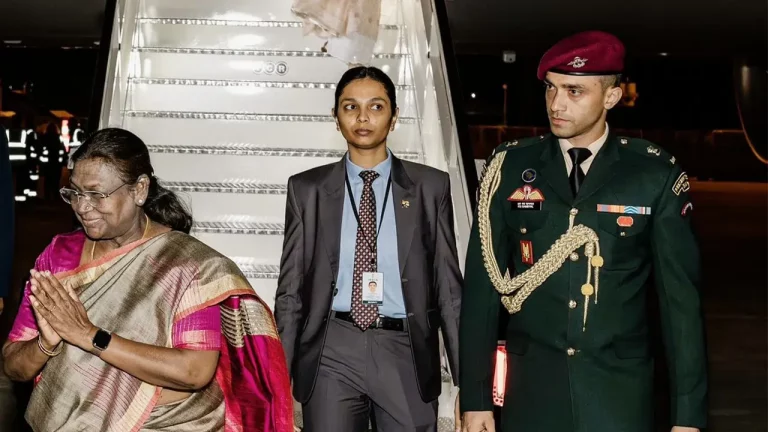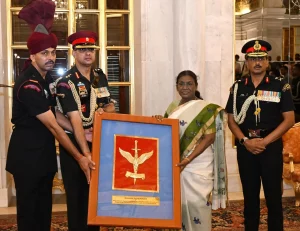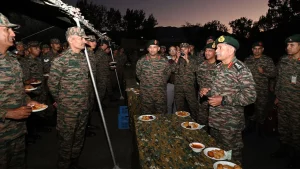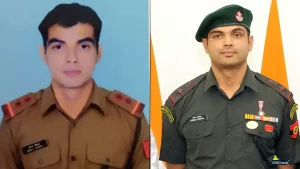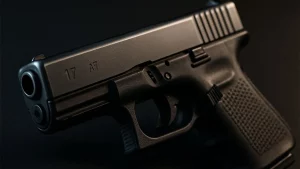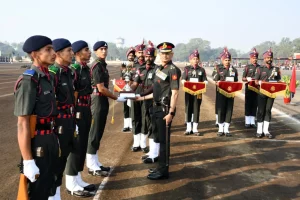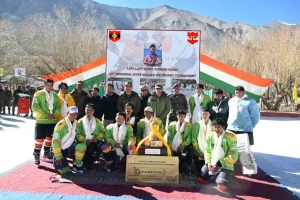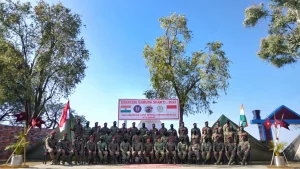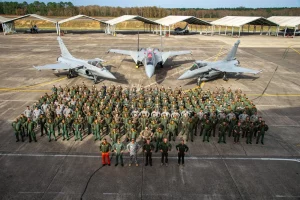In the disciplined realm of the Indian Armed Forces, the salute is a profound gesture representing respect, hierarchy, and national pride. This traditional acknowledgment begs an intriguing question: What happens when a soldier is out of uniform? Can they still execute the distinct salute, or must etiquette dictate a different behavior?
The practice of saluting in the Indian military is deeply rooted in history, marrying ancient practices with colonial influences. Its origins can be traced back to medieval European knights who would raise their helmets to demonstrate trust and peaceful intentions. Under British rule, this evolved into a formal recognition of rank and authority, a tradition that was preserved post-independence in 1947. The Indian Armed Forces inflected this doctrine with a national spirit, prominently incorporating “Jai Hind,” a rallying cry popularized by Netaji Subhas Chandra Bose, into their ceremonial customs.
The salute embodies several roles within the military structure – it reinforces discipline, fosters mutual respect, and honors the President of India, the ultimate authority from whom all commissions are derived. More than just a ritualistic display, it fosters pride in both the individual and the institution represented by the uniform. However, this act is inherently tied to the uniform itself, shifting the context when one steps out of it. Consequently, this results in a more flexible approach that emphasizes courtesy over rigid military protocol.
According to official documents and regulations such as the Ceremonial and Other Instructions for the Indian Army, saluting is predominantly a practice reserved for those in uniform. Soldiers are expected to salute superiors during formal occasions like parades, when reporting for duty, and during national anthem and flag ceremonies. The mechanics of the salute vary among the branches; both the Army and the Air Force adopt an open palm facing forward, while the Navy employs a palm-down posture reflecting historical maritime customs.
In civilian attire, the hand salute is generally neither anticipated nor required. The absence of the uniform renders the gesture out of context and potentially inappropriate. Instead, respect is conveyed through various measures, including:
- Standing at attention (heels together, arms straight at the sides).
- Offering verbal acknowledgments like “Jai Hind, Sir/Ma’am” or a simple “Good morning.”
- Removing headgear during solemn instances, such as the national anthem.
These guidelines apply uniformly to active personnel, officers, and jawans, whereas veterans may enjoy more leeway in specific ceremonial contexts.
Each branch of the Armed Forces maintains unique nuances shaped by their operational history and cultures.
-
Indian Army: According to the Ceremonial and Guard Regulations, individuals in civilian attire are exempt from saluting. They should offer a verbal greeting or stand at attention when encountering a superior. During memorial services, standing at attention is customary, and while optional salutes can be given, headgear is significant—particularly for Sikh personnel, who may honorably salute due to the turban serving as their headgear.
-
Indian Navy: Rooted in seafaring traditions, naval etiquette emphasizes the palm-down salute for uniformed personnel, converting to verbal courtesies or standing at attention when in civilian dress. Respect is especially crucial aboard ships or during port calls, where rituals are maintained without a hand gesture, following similar guidelines across branches.
- Indian Air Force: Mirroring the Army’s salute style, the IAF requires personnel to stand at attention in civilian clothing without execution of a hand salute. Notably, the Air Force has unique customs, such as saluting aircraft captains during operations, which are adapted to verbal or postural forms of respect when not in uniform.
Exploring practical scenarios, one could imagine a junior officer encountering a commanding officer at a local market—here, a respectful “Jai Hind, Sir” paired with standing straight suffices without the need for a salute. During public events like Republic Day celebrations, civilians—including off-duty soldiers—are expected to remain at attention during the national anthem and remove headgear if relevant.
Culturally, India’s emphasis on respect often leads military personnel to transcend the minimum expectations. For example, honorary salutes at war memorials may express individual pride. However, care must be taken not to execute sloppy or misplaced salutes, as these can convey disrespect. Furthermore, dress codes are significant even in civilian contexts; religious symbols and casual attire are typically avoided on military bases to maintain uniformity.
In summary, although soldiers are generally prohibited from saluting while dressed in civilian clothing, the essence of military etiquette—characterized by respect, discipline, and patriotism—remains intact. This delicate balance ensures the enduring tradition of the Armed Forces thrives, irrespective of whether personnel are donning khaki, whites, or everyday apparel.
